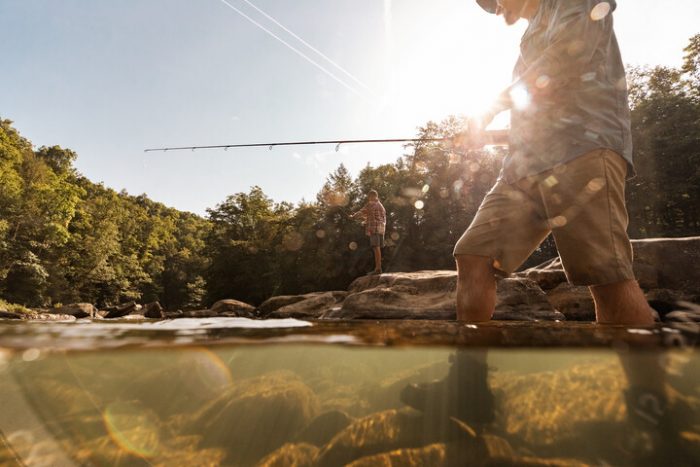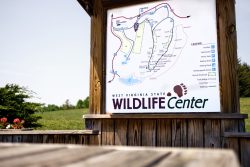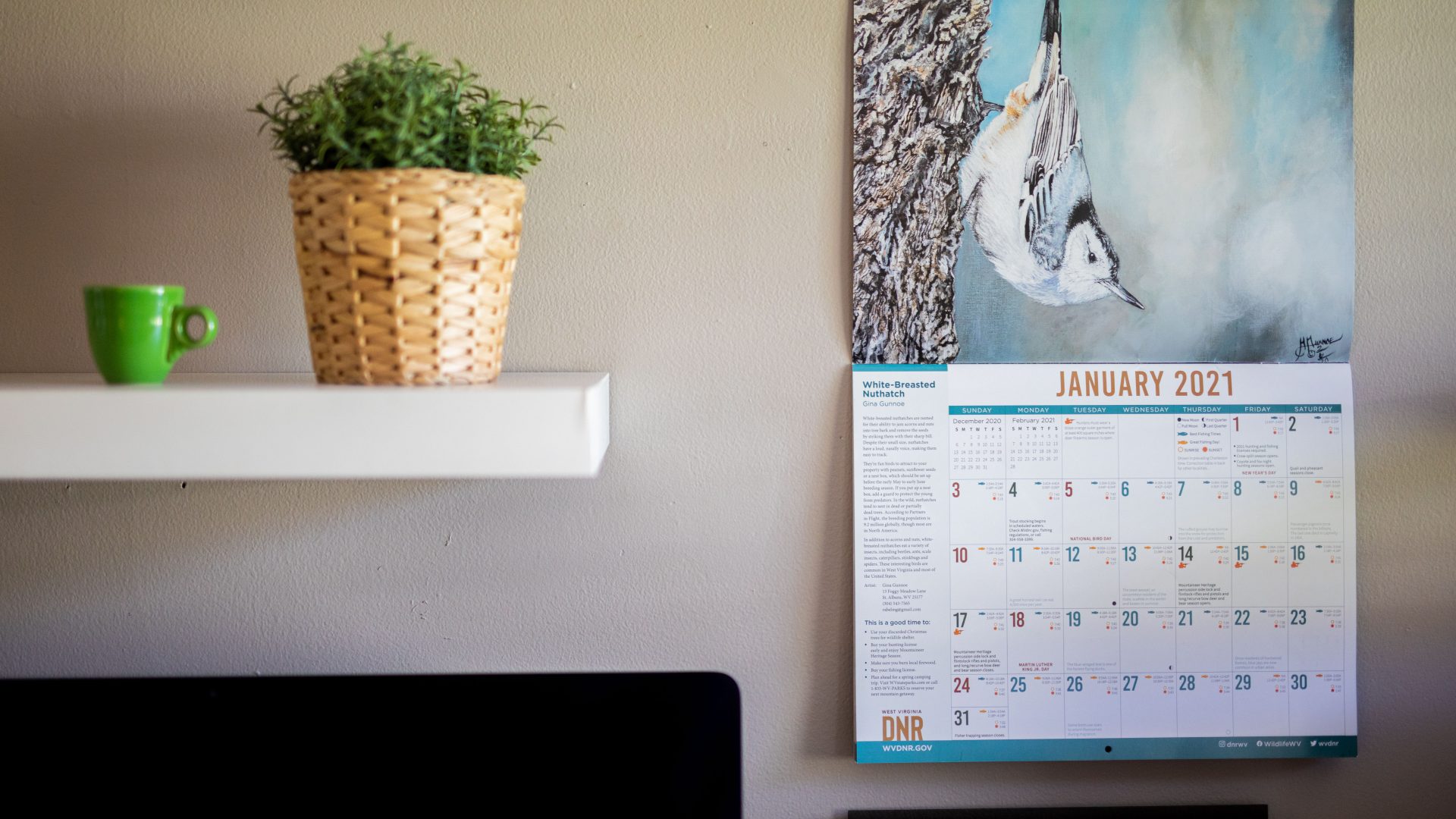The West Virginia Division of Natural Resources has designed the Swiss army knife of wildlife calendars. Like the well-known multi-tooled knife brand, the WVDNR Wildlife Calendar is equipped with an arsenal of versatile, practical and just plain fun features.
The 2021 wildlife calendar contains:
- Art showcasing West Virginia wildlife.
- Opening and closing dates for practically every major hunting, fishing, and trapping season in the state.
- Recommended best times of the day to catch fish.
- Phases of the moon.
- Animal mini-articles and trivia.
- Dates and special days from nation-wide Valentine’s Day to the state’s Free Fishing Days.
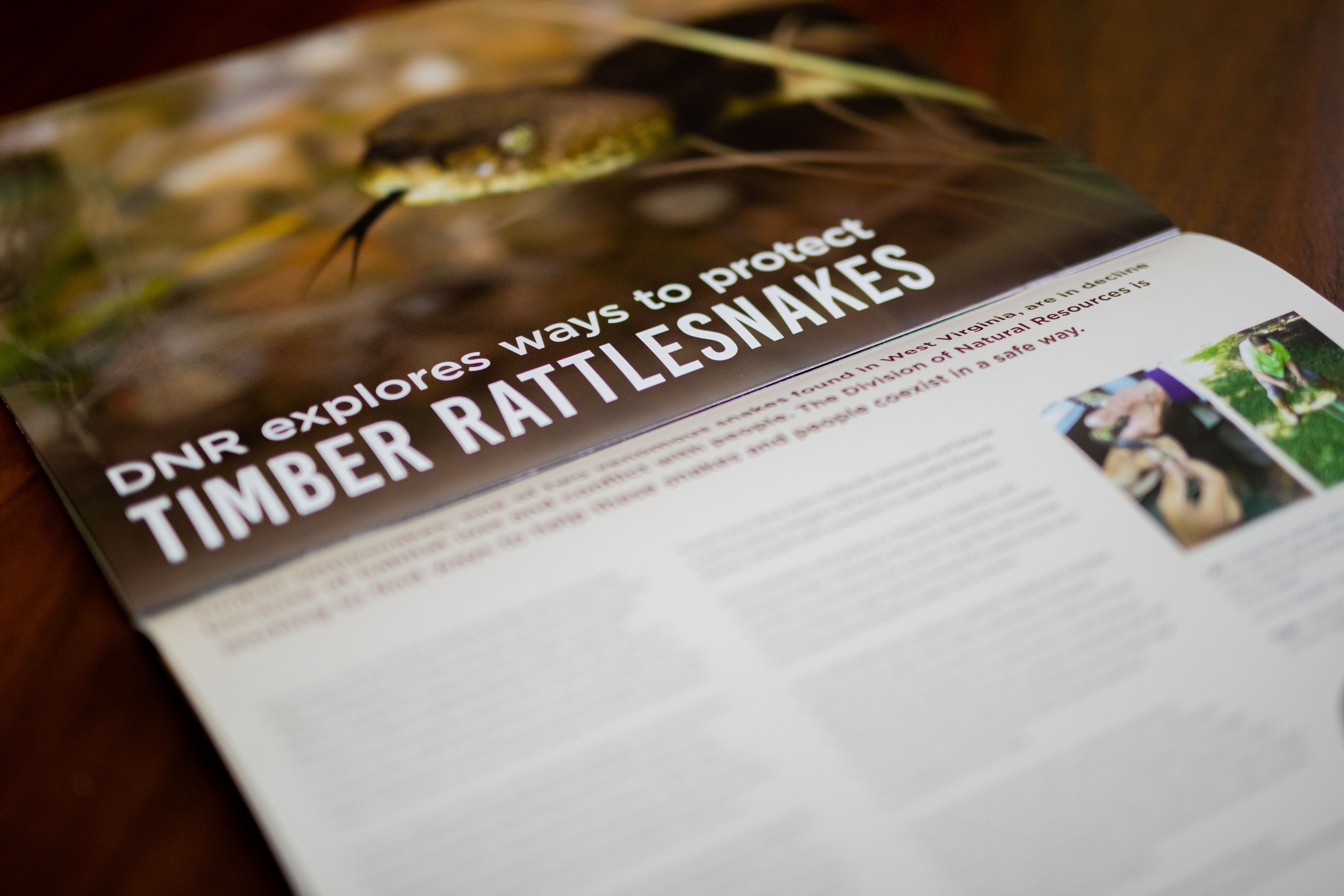
A bundle of award-winning information
The calendar is so well equipped with useful details that in a national competition, the 2016 calendar won a prestigious Gold Award in the category of “most informative wall calendar, retail division.” The West Virginia calendar won Gold or Silver in 2017, 2018, 2019 and 2020 as well.
“The Division of Natural Resources has been producing the wildlife calendar for 36 years,” said Scott Warner, WVDNR assistant chief of wildlife diversity. “Before I joined DNR in 1994, our Wildlife Diversity Unit biologists came up with the calendar idea as a way to raise funds and celebrate West Virginia’s wildlife diversity.”
Raising funds provided strong motivation because the Wildlife Diversity Unit relies on federal grants and not general revenue from the state budget. The unit receives only limited funds from hunting/fishing licenses.
In a good year, the wildlife calendar can generate roughly $80,000, often through sales at fairs and festivals. Because of the coronavirus pandemic, many such events have been cancelled this year.
Buy calendars online or from local shops
The WVDNR is relying on sales from local shops and online for the 2021 wildlife calendar. Shoppers can purchase the calendar online or find a list of retail locations here.
Key features that have sustained the calendar’s popularity for 36 years is the wildlife art and the informational gems heaped throughout its pages. Calendar and Production Manager Jessica Swecker oversees the process of putting it all together. She stepped into the role in 2018.
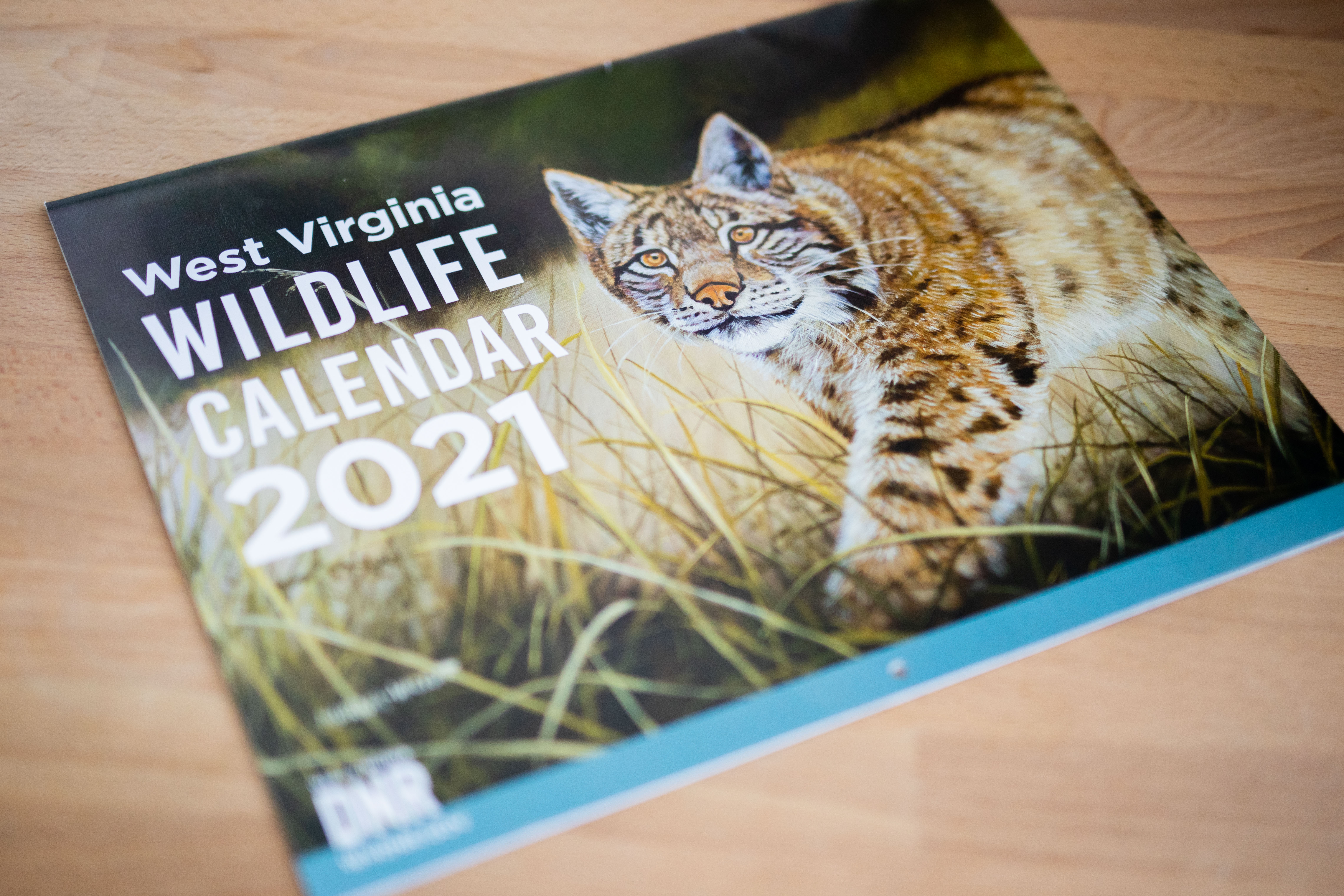
Wildlife facts roundup
The 2021 calendar includes animal facts such as:
- Black bears have their young in the winter while they are in their dens.
- A great horn owl will eat 2,000 mice in a year.
- Hummingbirds are the only birds that can fly backwards.
- The catfish has over 27,000 taste buds spread all over its body.
“We come up with interesting facts; different ones each year,” Warner said. “That way, if you bought a calendar the previous year or year before that, you’ll still get fresh, interesting new information.”
To accomplish that, Swecker draws on the expertise of WVDNR staff in their various fields.
“We have different biologist that work in the WVDNR that provide and compile the animal facts. We get the hunting/fishing season information from the hunting and fishing regulations,” she said.
Call of the wildlife artists
“Most agency wildlife calendars use clip art, photos, or computer-generated images,” Warner said. “The West Virginia Wildlife Calendar is one of the few wildlife calendars produced by a wildlife agency that uses actual artwork.”
The calendar presents painted art, not photos, and must depict West Virginia wildlife, hunting or fishing.
Artists, mark your calendars for 2022
The WVDNR is accepting art entries for calendar year 2022. The deadline to submit wildlife art is Feb. 19, 2021. To receive the rules and application form, email Jessica.N.Swecker@wv.gov.


